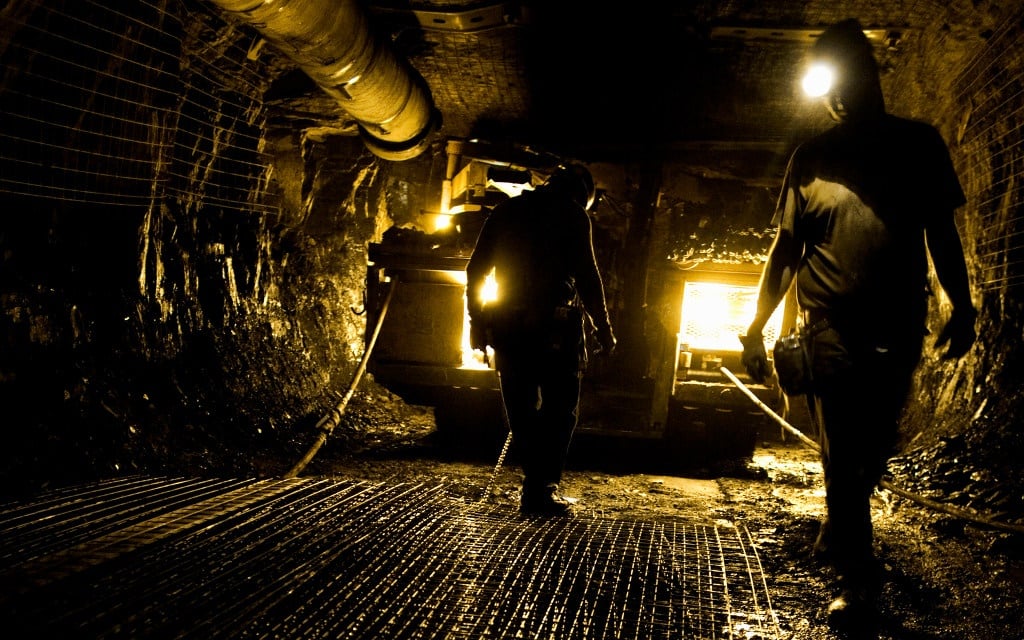
- Mining production declined 11.6% on a year-on-year basis in November, worse than the consensus of 5%.
- Economists expected improvements in commodity prices and global trade to bolster mining production.
- The largest negative contributors to production were iron ore, platinum group metal, manganese ore and coal.
November mining production declined 11.6% on a year-on-year basis - worse than the consensus of 5%.
Stats SA on Tuesday released the latest production and sales data for the industry, considered to be one of the first indicators of fourth quarter GDP performance.
Prior to the data release, Investec economist Kamilla Kaplan noted that a rebound in commodity prices in the second quarter of 2020 and an improvement in global trade would have helped support mining production. Investec expected production to have improved from the stringent lockdown in the first quarter of the year. The bank pencilled in a contraction of -5.5% on a year-on-year basis in November, compared to the -6.3% year-on-year decline reported in October.
Similarly, FNB economists expected the "rallying" commodity prices and the strengthening rand-dollar exchange rate to bode well for the sector. However, it warned that "continued lockdowns in key trading partners are unfavourable for mining production in the near term".
Among the major negative contributors to the decline in production were iron ore, platinum group metals, manganese ore and coal.
On a month-on-month basis, production declined 5.7% in November, compared to changes of -0.7% in October and -0.8% in September. The market consensus was for a month-on-month improvement of 0.8% in November.
Mineral sales increased 15.1% on a year-on-year basis. Sales had increased 31.2% on a year-on-year basis in October. The largest positive contributors were platinum group metals, iron ore, other non-metallic mineral and manganese ore.
On a month-on-month basis sales in November declined by 4.4%, compared to increases of 2.6% reported in October and 4.8% in September.